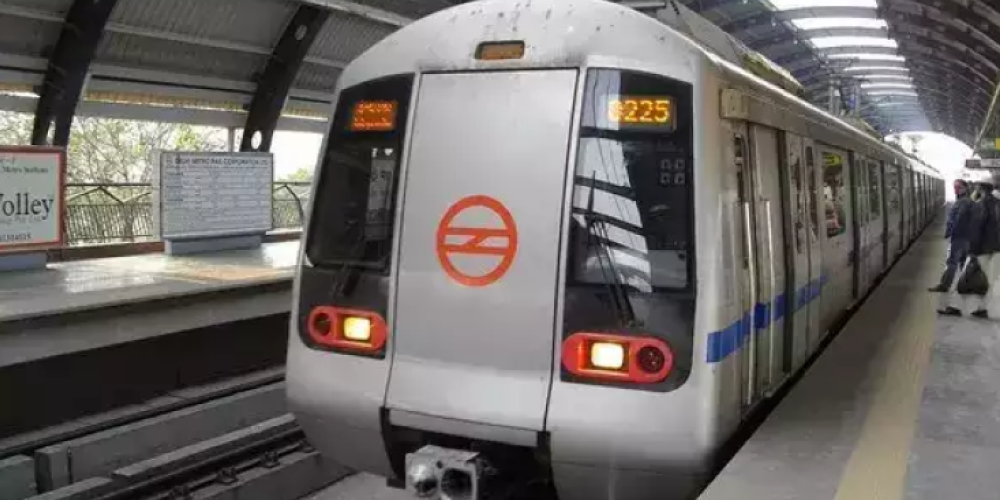The Delhi Metro Rail Corporation (DMRC) introduced QR code-based paper tickets on all its lines on May 8, 2023. This was a major step towards the goal of making the Delhi Metro a tokenless system.
QR codes are a type of two-dimensional barcode that can be scanned by a smartphone or other device to access information. In the case of the Delhi Metro, the QR code contains the passenger’s travel information, such as the starting and ending stations, the date and time of travel, and the fare.
To use a QR code ticket, passengers simply need to scan the code at the AFC (Automatic Fare Collection) gates at the metro stations. The gates will then open and allow the passenger to enter or exit the station.
There are several advantages to using QR code tickets. First, they are more convenient for passengers than traditional paper tickets or tokens. Passengers do not have to queue up to buy tickets or tokens, and they can simply scan the code at the gates. This saves time and reduces congestion at the stations.
Second, QR code tickets are more secure than traditional paper tickets. The QR code contains a unique identifier that cannot be easily duplicated, making it more difficult for passengers to travel without paying.
Third, QR code tickets are more environmentally friendly than traditional paper tickets. They do not require paper or ink, and they can be reused multiple times.
Since the introduction of QR code tickets, the DMRC has seen a significant increase in the number of passengers using the metro. In the first month of operation, the DMRC sold over 7.4 million QR code tickets. This is a testament to the convenience and security of QR code tickets.
The DMRC plans to make all of its AFC gates QR code-compliant by the end of June 2023. This will allow all passengers to use QR code tickets, regardless of whether they have a smartphone.
The use of QR codes in the Delhi Metro is a major step towards a more convenient, secure, and environmentally friendly transportation system. It is a model that other cities and transportation systems can follow.
Here are some other benefits of using QR codes in the Delhi Metro:
- They can be used to track passenger travel patterns, which can help the DMRC improve its services.
- They can be used to promote special offers and discounts, such as discounts for senior citizens or students.
- They can be used to collect feedback from passengers, which can help the DMRC improve the customer experience.
Overall, the use of QR codes in the Delhi Metro is a positive development that will benefit both passengers and the DMRC.
